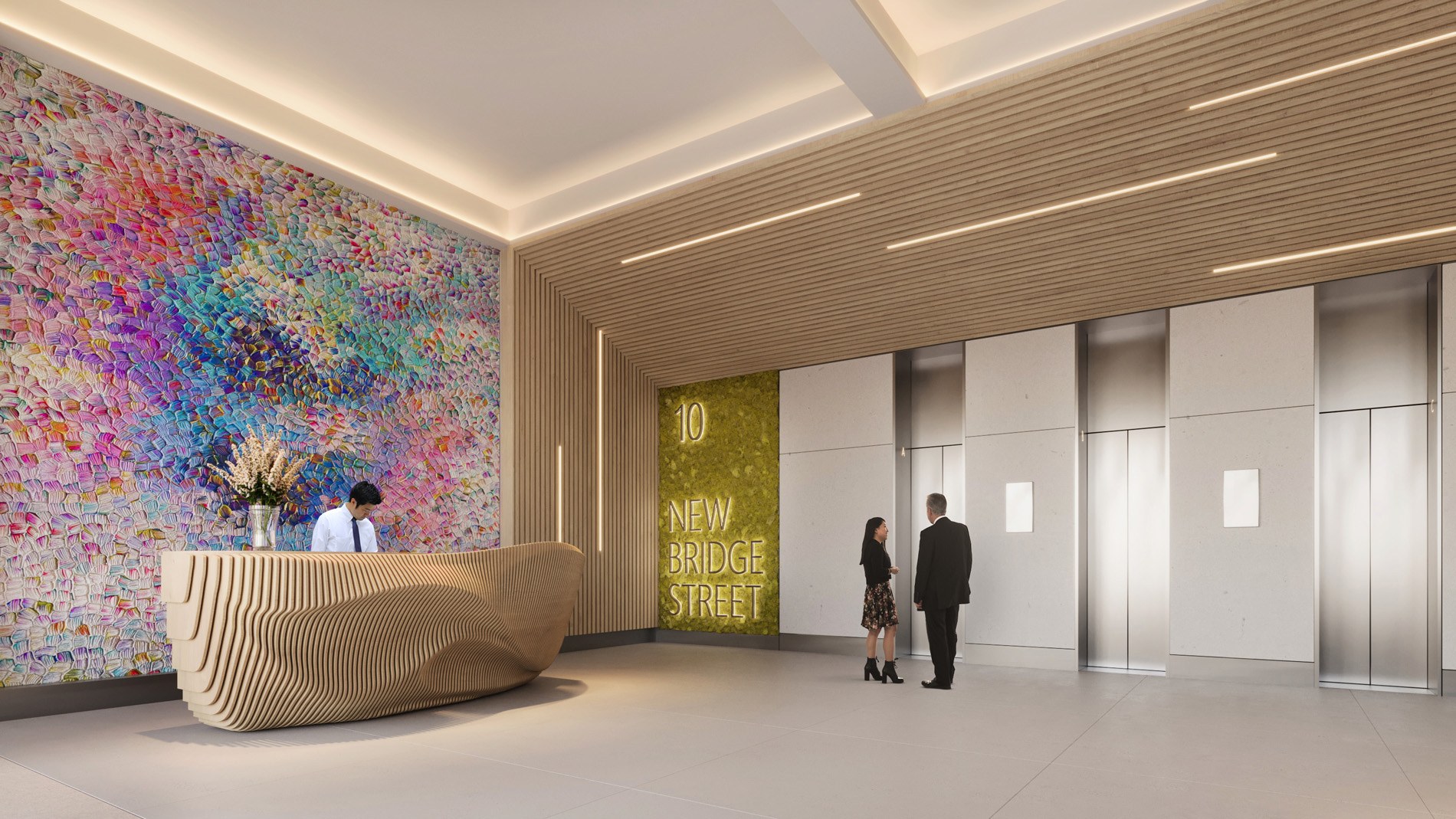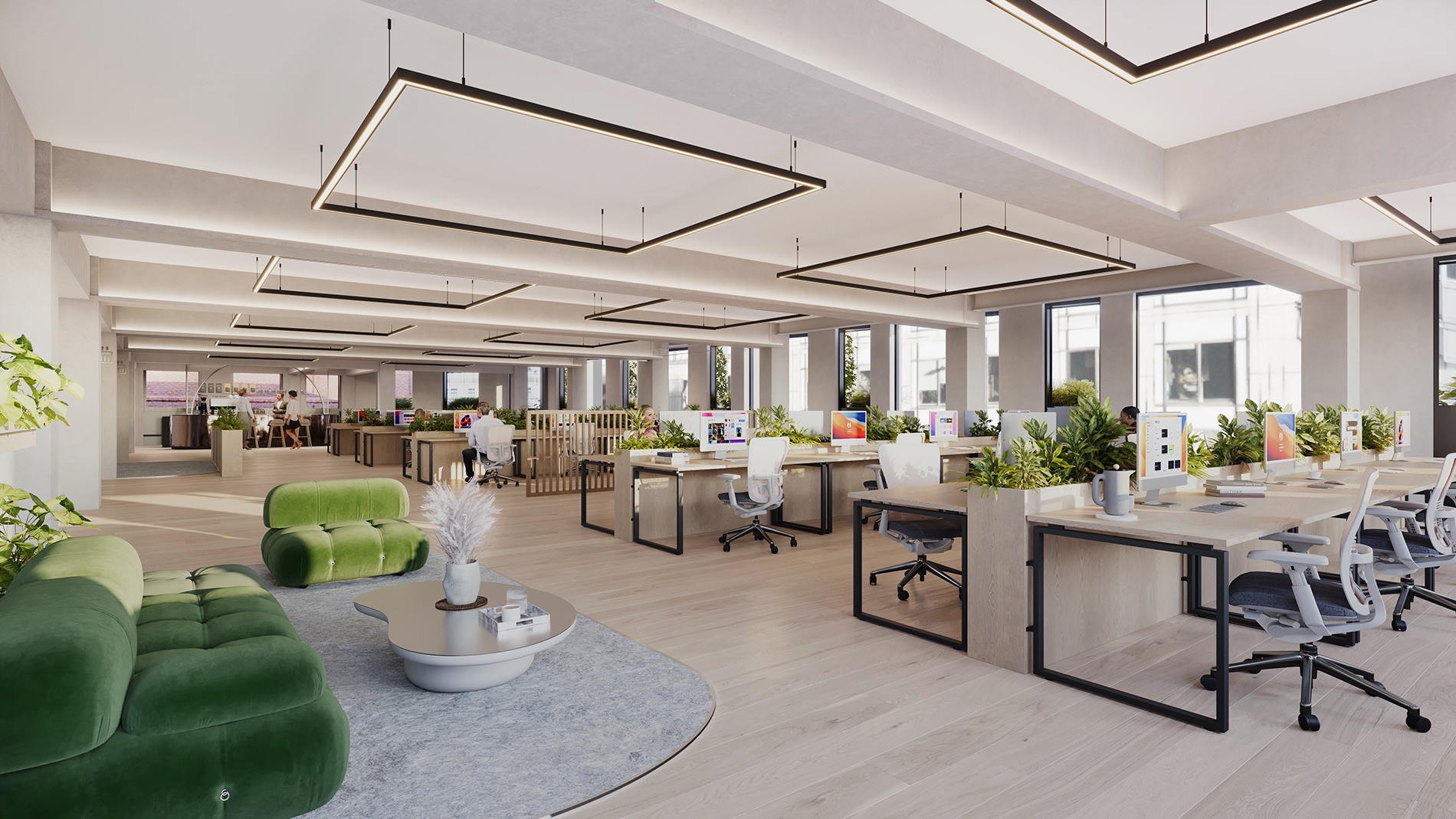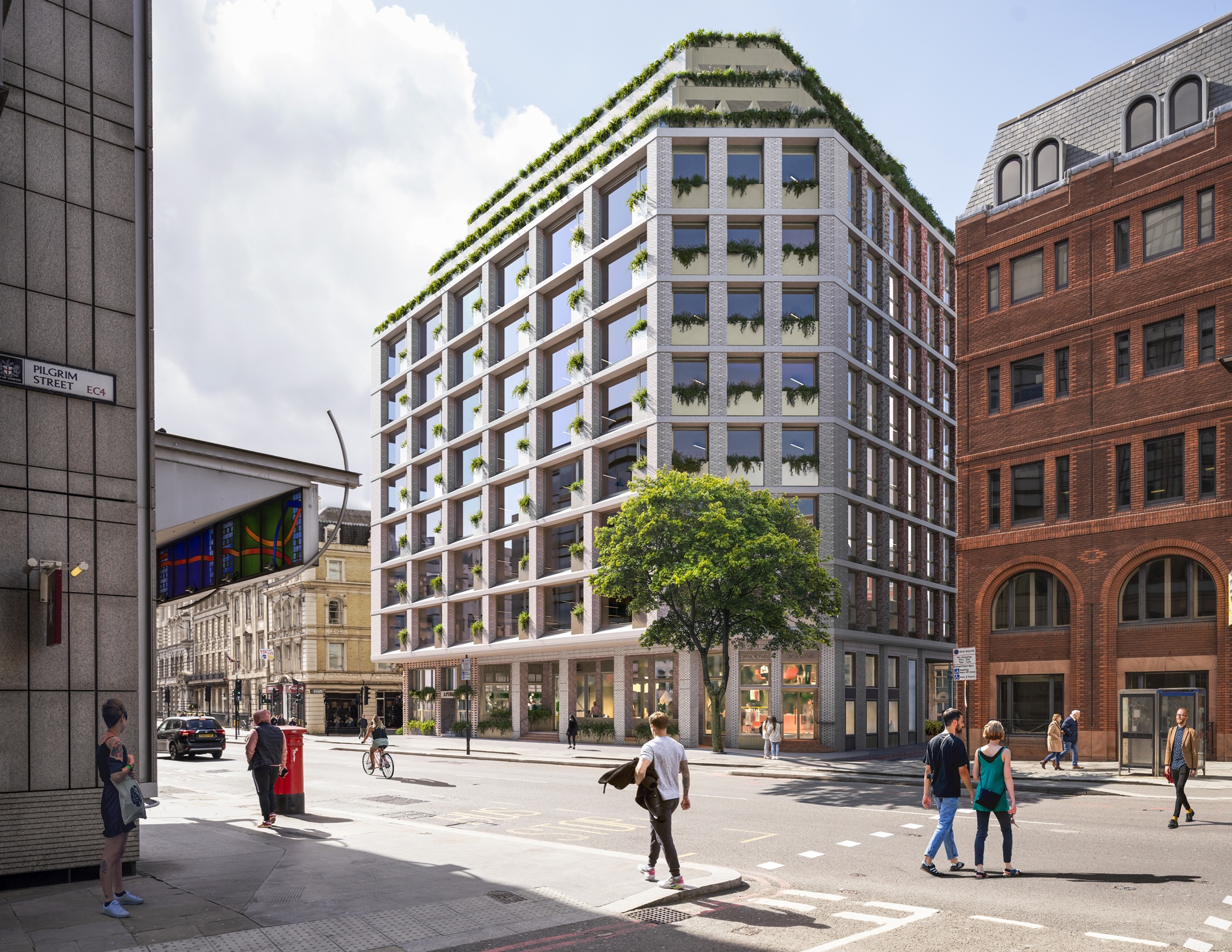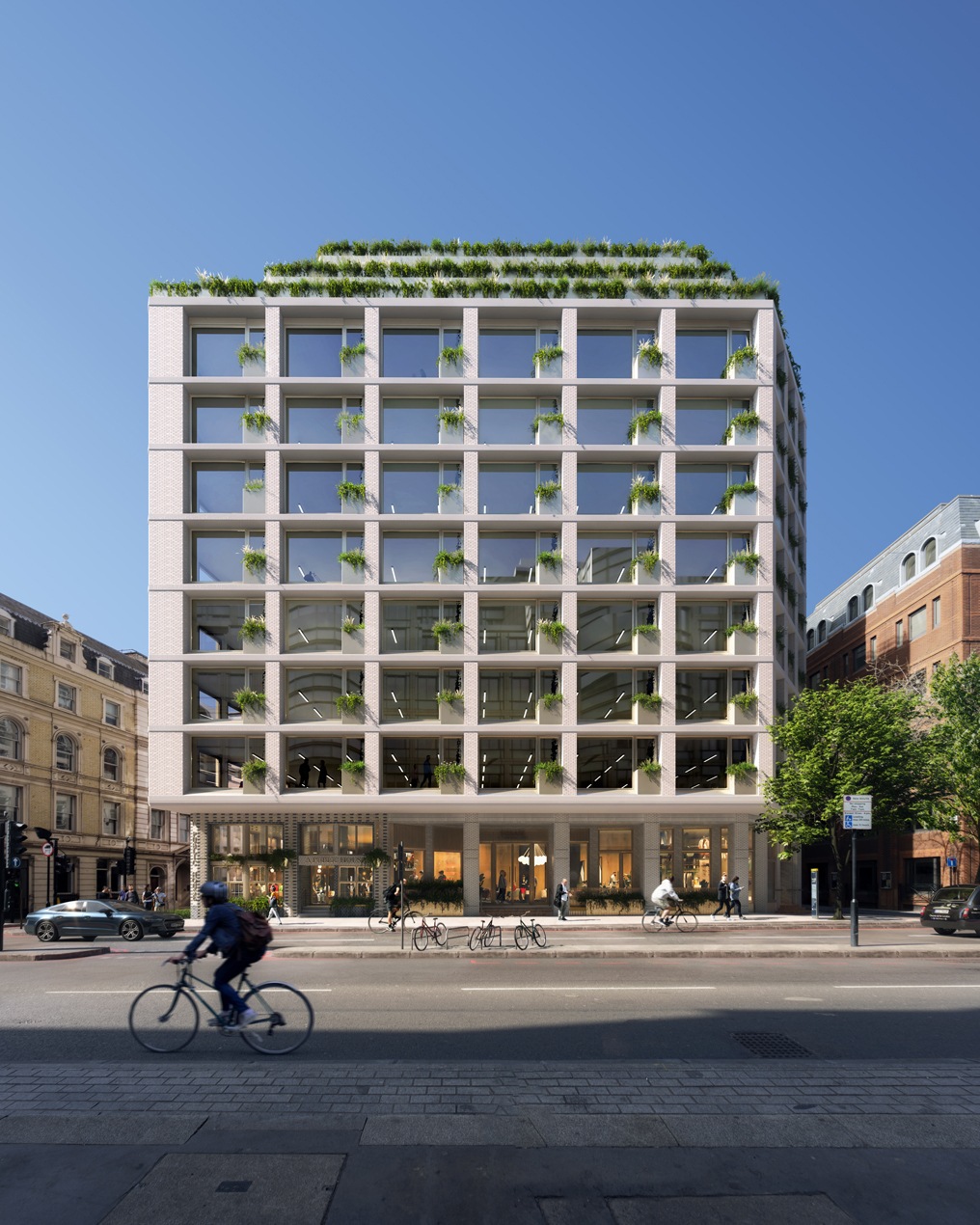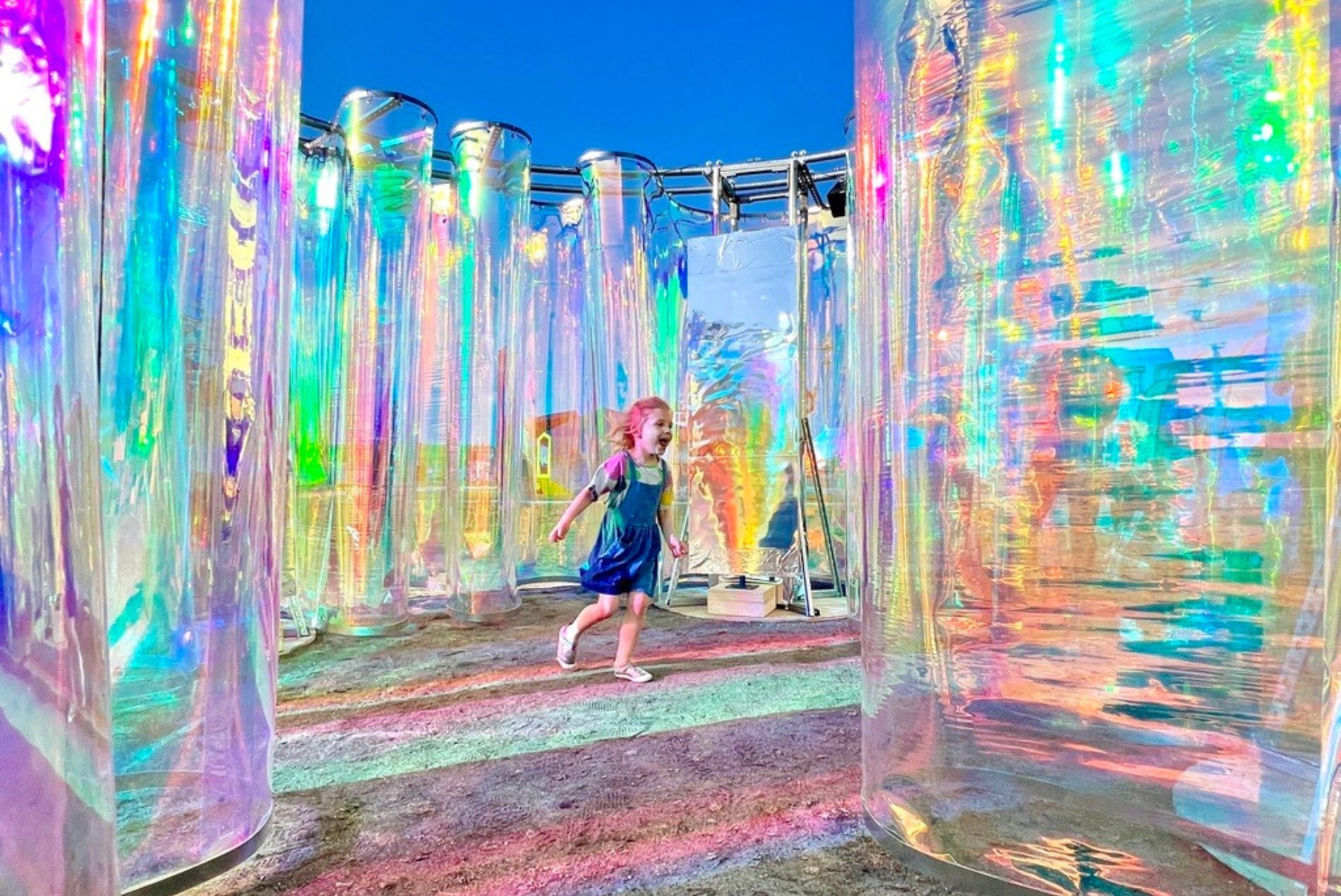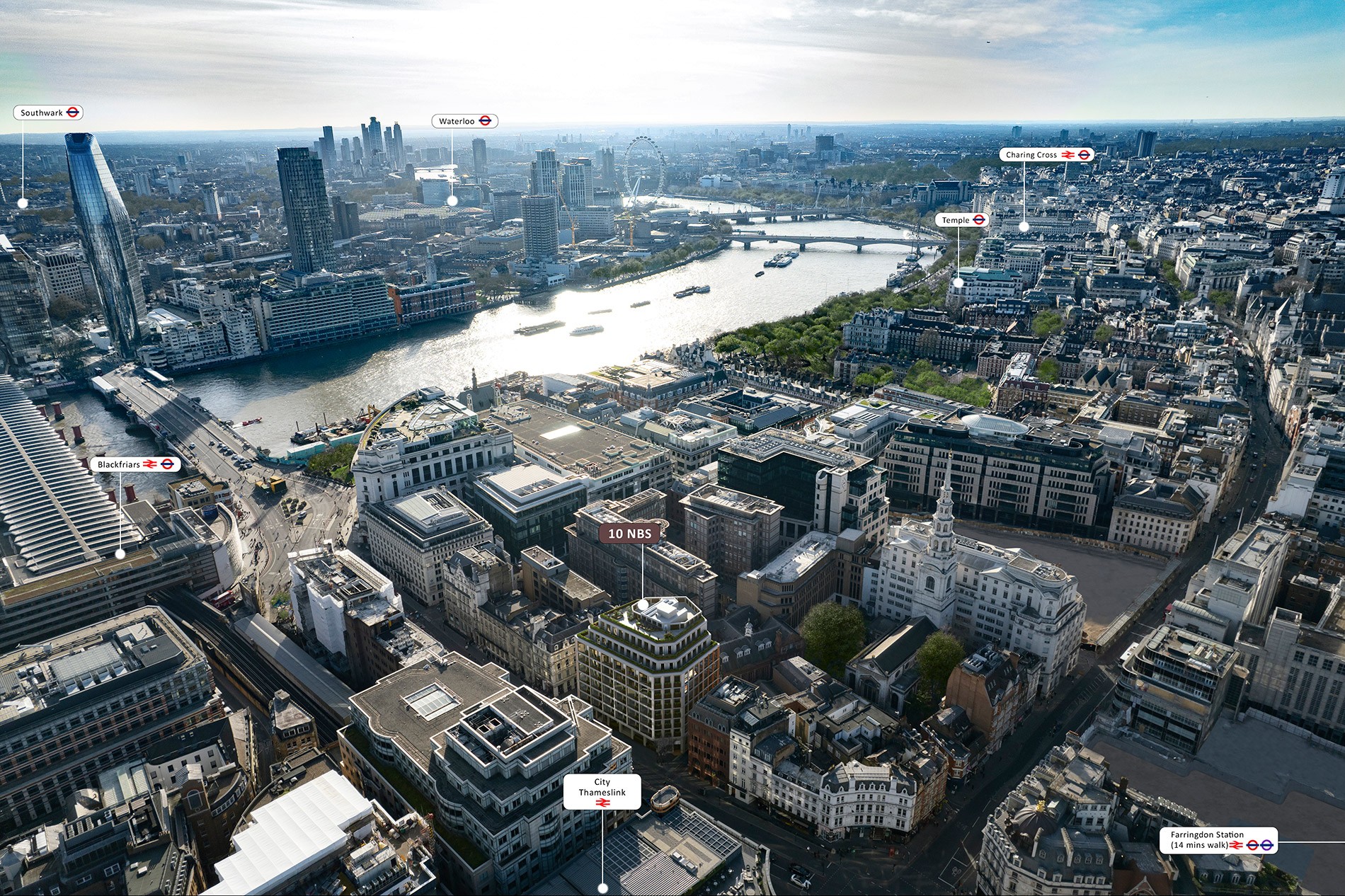
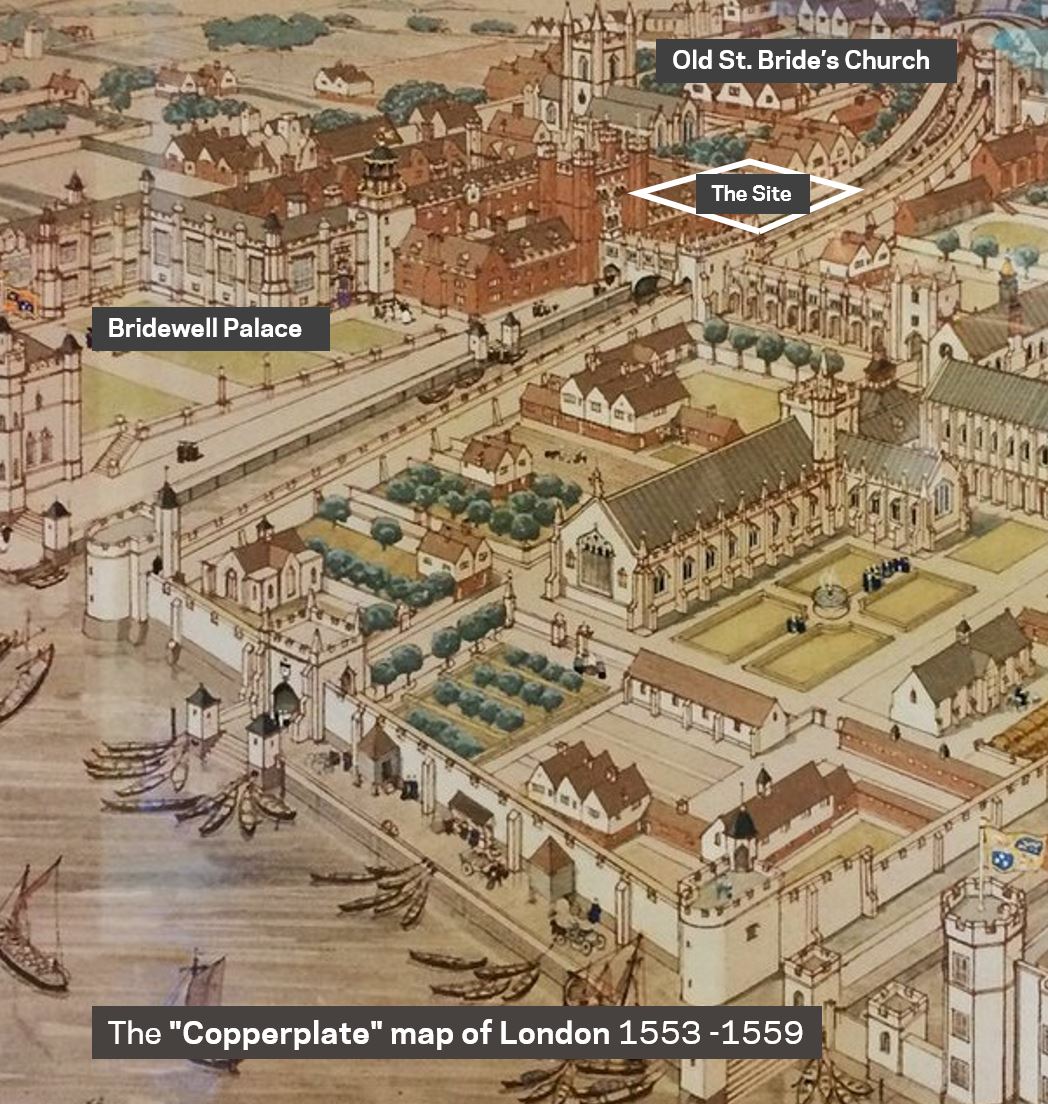
London is a city of remarkable history and constant change. The redesigned 10 New Bridge honors the city’s past while providing for new opportunities and connections.
Located in the footprint of Bridewell Palace (King Henry VIII’s home in the mid-1550s), 10 New Bridge lies within a stone’s throw of St. Bride’s Church, two blocks from St. Paul’s Cathedral and in the heart of London’s famous Fleet Street publishing district. The redesigned 10 New Bridge recognizes its connection to London history and strengthens its ties to the community.
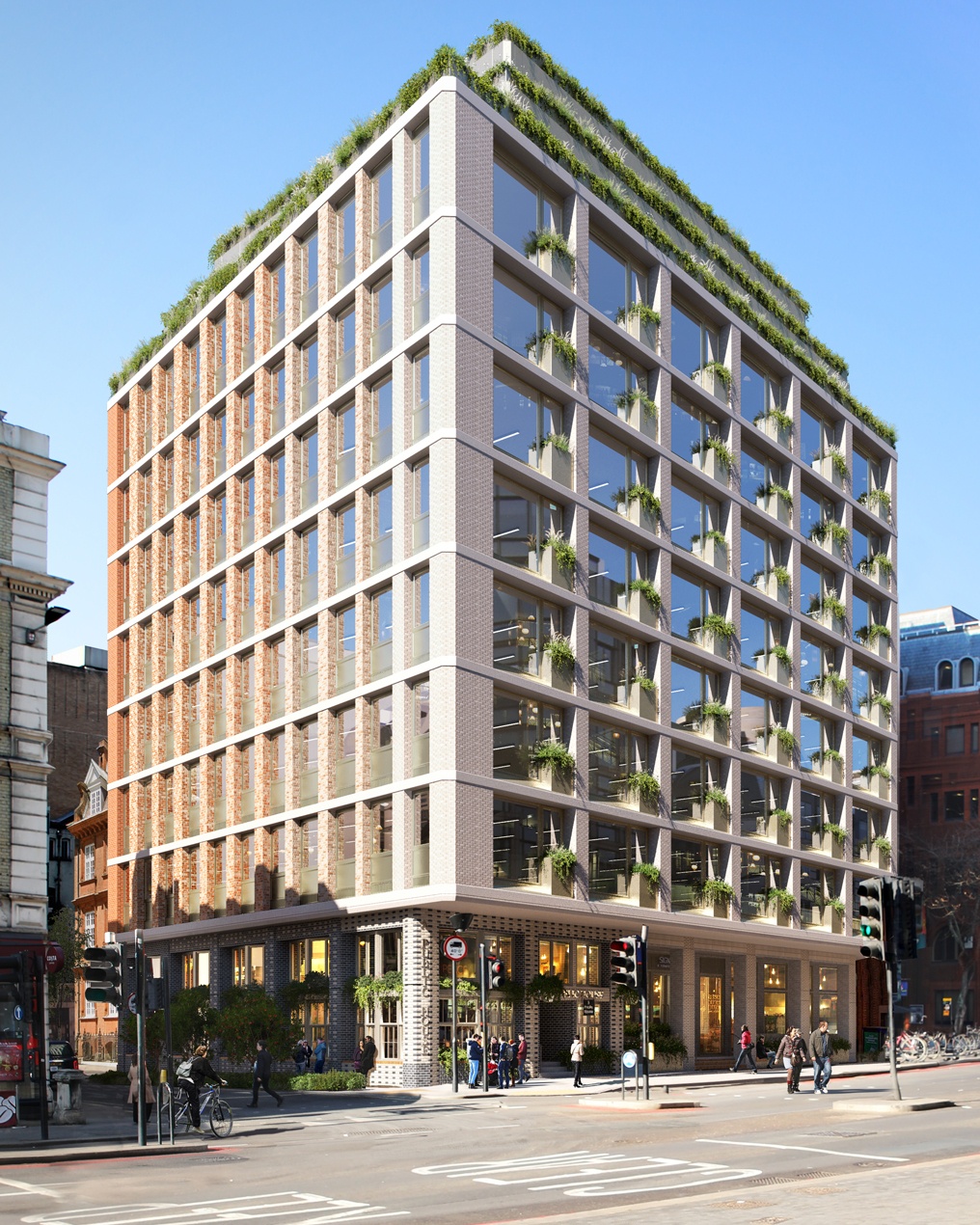
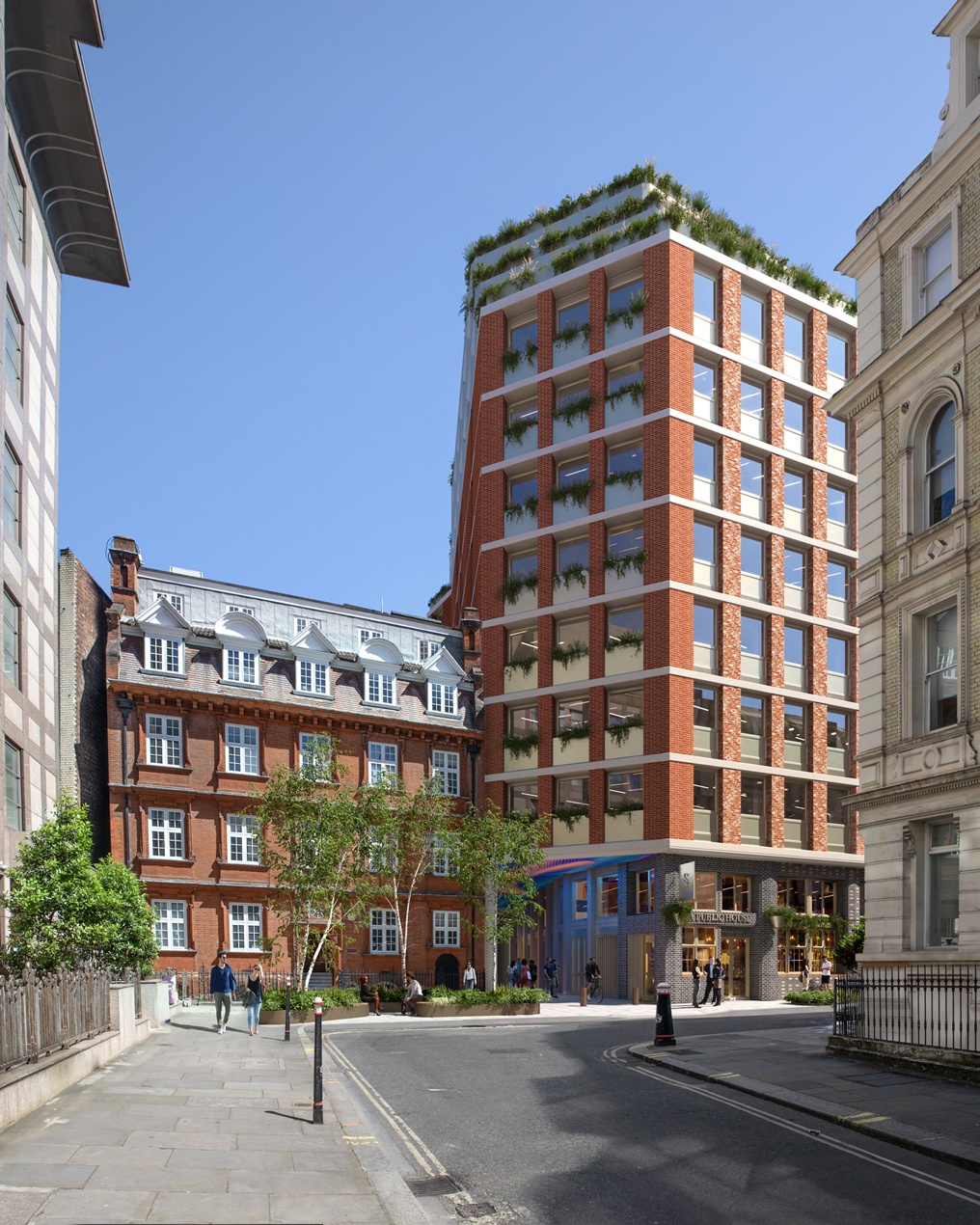
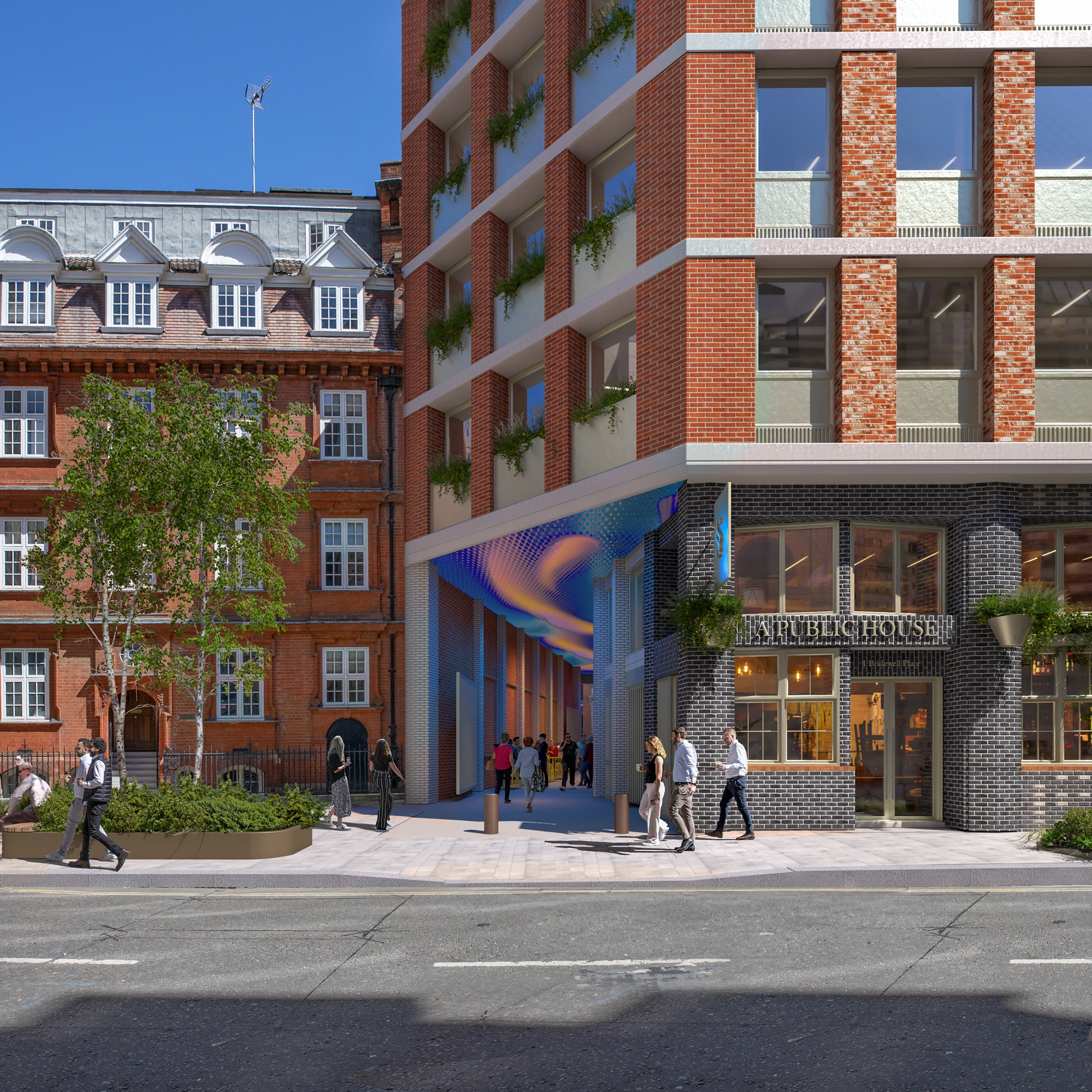
The renovated building will connect to the neighborhood as never before.
- Bridewell Passageway: A new public corridor cuts through the heart of the building connecting Bridewell Place to Bride Lane and adding a vibrant public art feature.
- Public House: A new public house activates the south side of the building, creating a social magnet that draws together building occupants and neighborhood residents.
- Rooftop terraces: Accessible outdoor areas allow building occupants to connect with nature, take in the views and experience the vibrancy of the Fleet Street District.
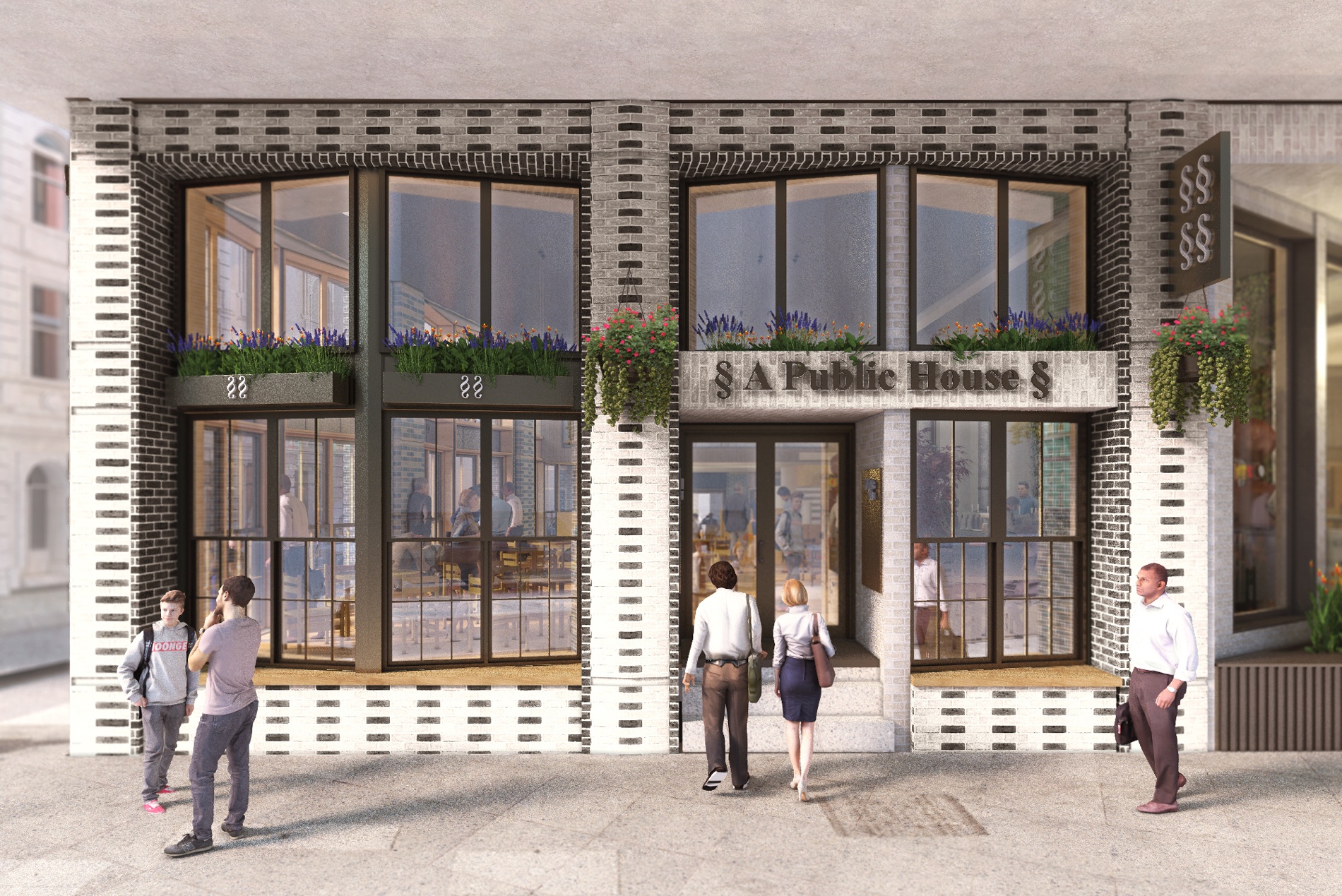
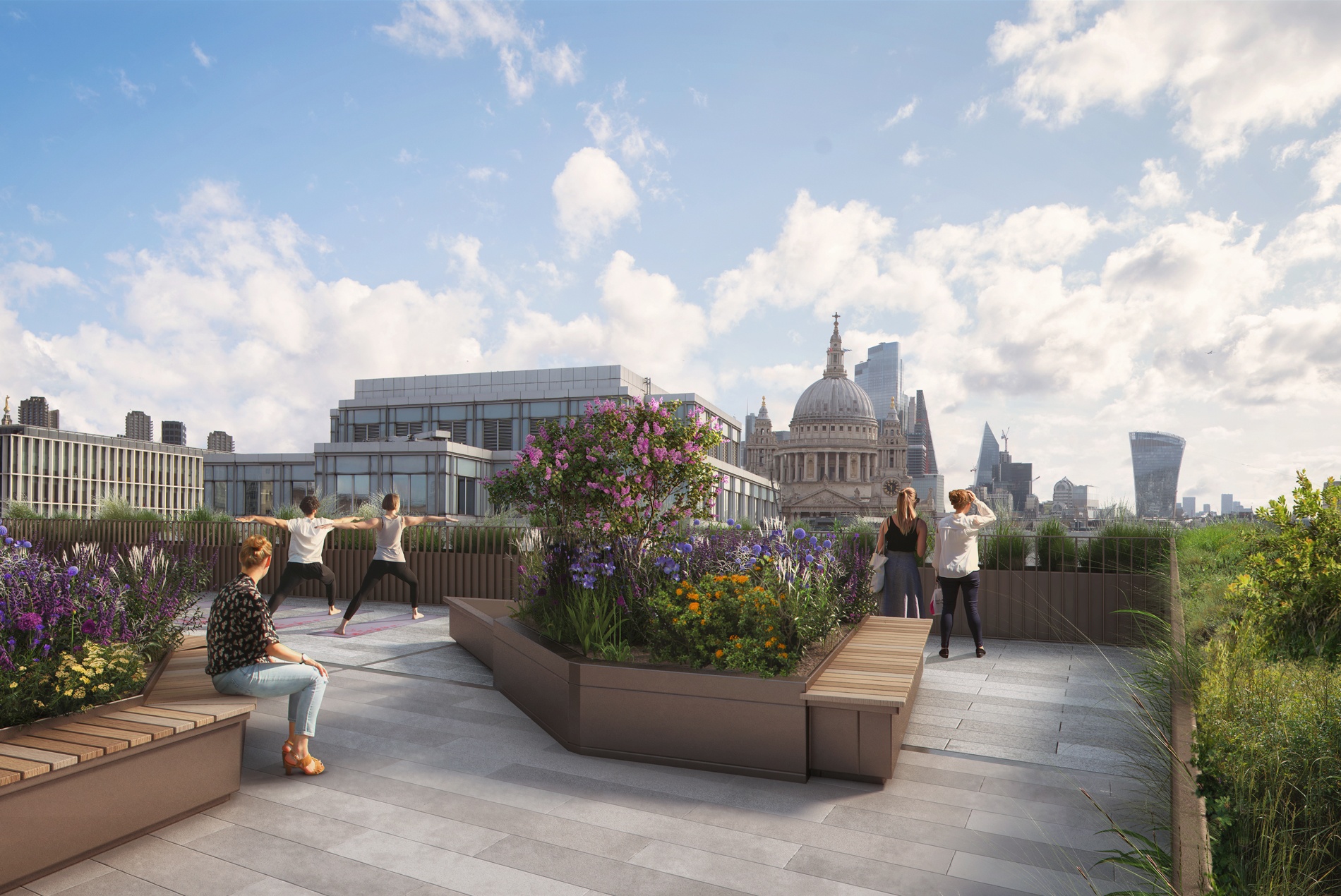
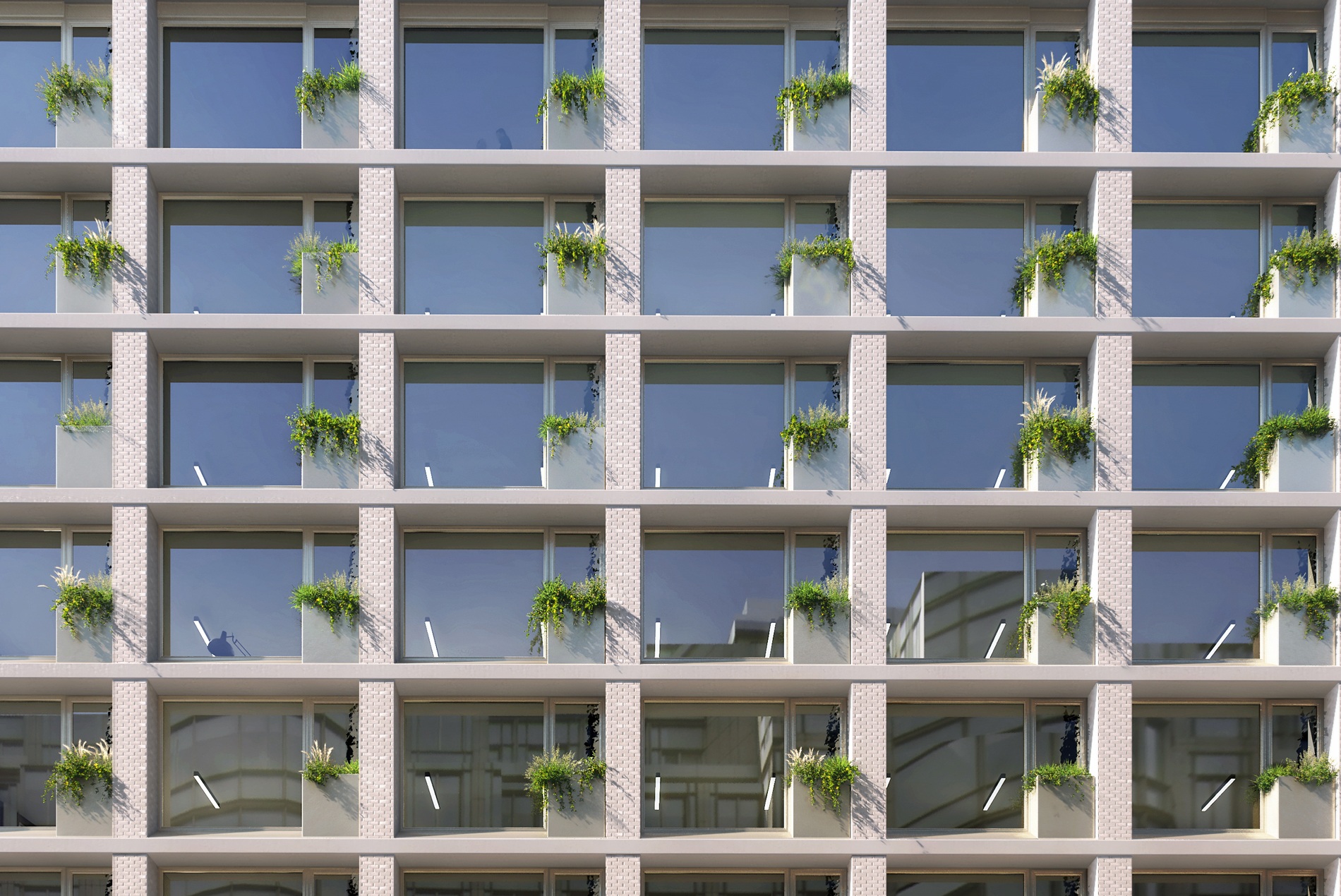

The building’s new, high-performance facade offers greater energy efficiency while paying homage to the typesetting grids once found throughout the Fleet Street publishing district. Plantings along the facade are ever-changing, providing the building with a new “story” each day.
To complement surrounding buildings, the facade transitions from limestone white on the front of the building to terracotta orange on the rear.
The redesigned building retains 73% of its existing structure while doubling the amount of usable space.
Native plantings along the building skin and rooftop enhance its sustainability by providing solar shading, minimizing runoff and connecting occupants to nature.
On-site bike storage and close proximity to public transit provide occupants with healthy and environmentally friendly commute options.
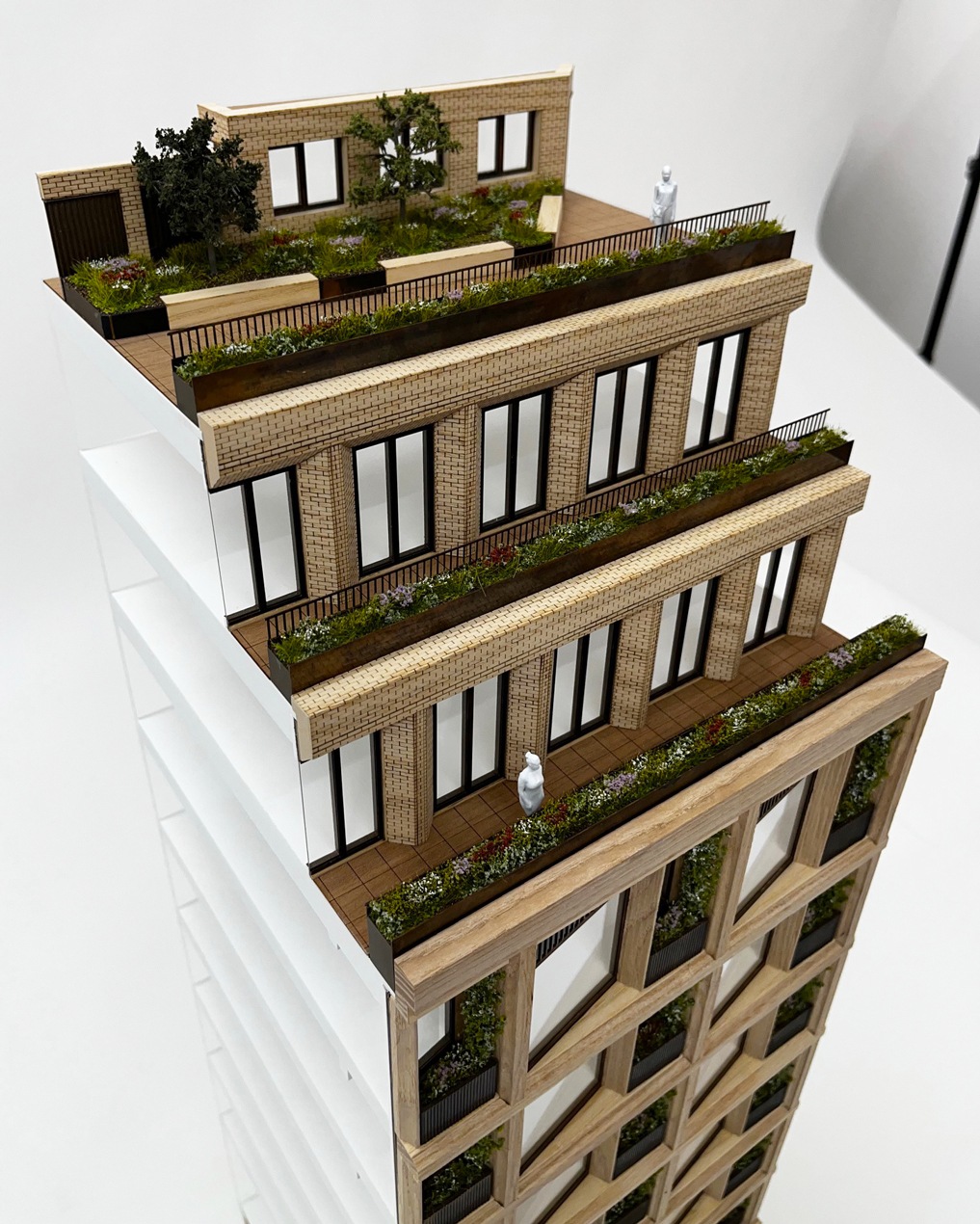
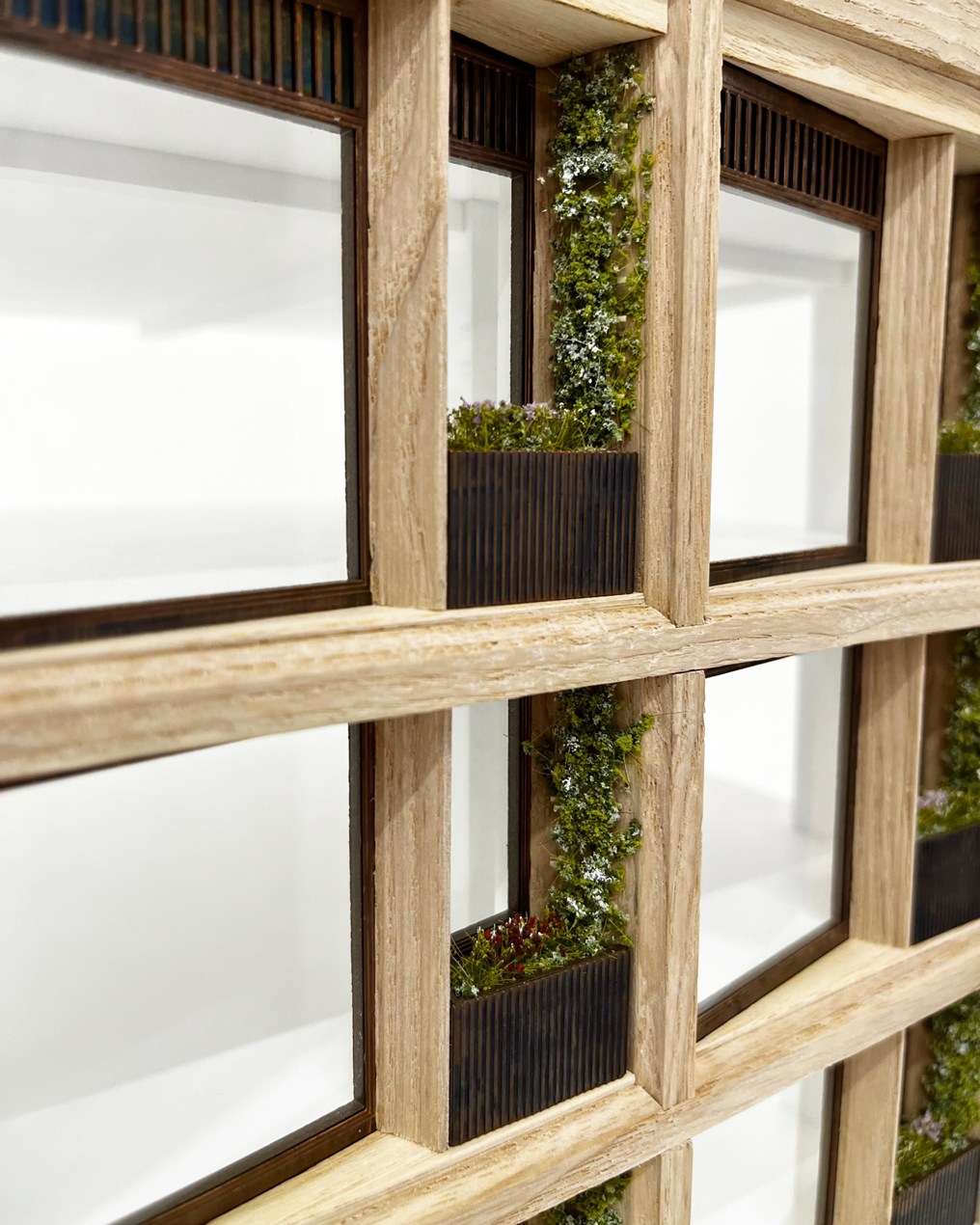
The building’s existing core—made up of two lifts and a single staircase—did not meet modern safety and usage standards. Updating the core presented the design team with a challenge, as much of the building lies within an archeological no-dig zone. The design team’s surgical solution carved out a new, irregularly shaped core that avoided the no-dig zone, salvaged the majority of the existing building and added an additional staircase and elevator lift.
The new core also allowed for a new penthouse office floor and new rooftop terraces that add sought-after new amenities and premium office space to the building, ensuring its long-term viability.
